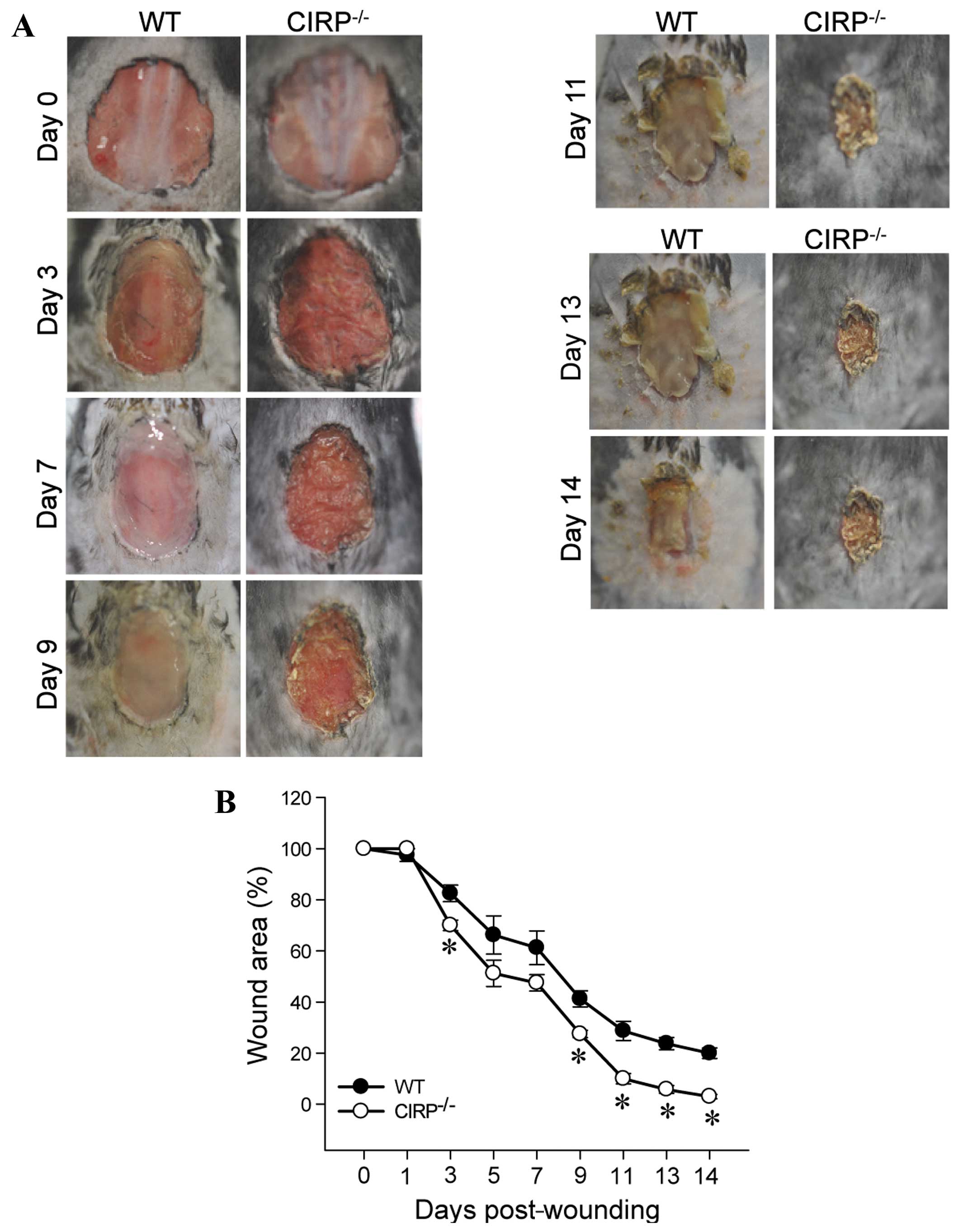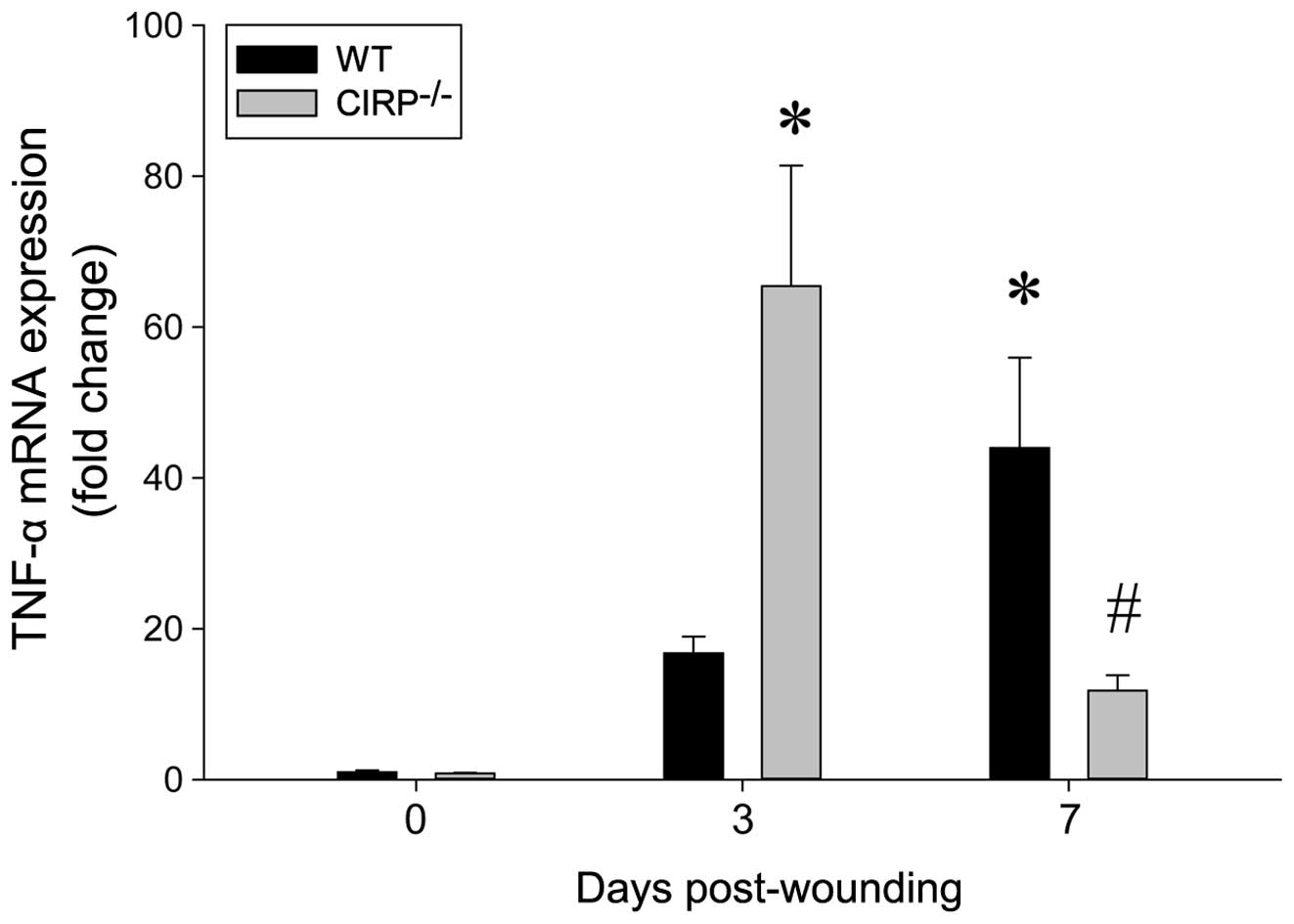|
1
|
Bickers DR, Lim HW, Margolis D, Weinstock
MA, Goodman C, Faulkner E, Gould C, Gemmen E and Dall T; American
Academy of Dermatology Association; Society for Investigative
Dermatology: The burden of skin diseases: 2004 a joint project of
the American Academy of Dermatology Association and the Society for
Investigative Dermatology. J Am Acad Dermatol. 55:490–500. 2006.
View Article : Google Scholar : PubMed/NCBI
|
|
2
|
Phillips TJ: Chronic cutaneous ulcers:
Etiology and epidemiology. J Invest Dermatol. 102:38S–41S. 1994.
View Article : Google Scholar : PubMed/NCBI
|
|
3
|
Margolis DJ, Bilker W, Santanna J and
Baumgarten M: Venous leg ulcer: Incidence and prevalence in the
elderly. J Am Acad Dermatol. 46:381–386. 2002. View Article : Google Scholar : PubMed/NCBI
|
|
4
|
Pecoraro RE, Reiber GE and Burgess EM:
Pathways to diabetic limb amputation. Basis for prevention.
Diabetes Care. 13:513–521. 1990. View Article : Google Scholar : PubMed/NCBI
|
|
5
|
Abbade LP and Lastória S: Venous ulcer:
Epidemiology, physio-pathology, diagnosis and treatment. Int J
Dermatol. 44:449–456. 2005. View Article : Google Scholar : PubMed/NCBI
|
|
6
|
Diegelmann RF: Excessive neutrophils
characterize chronic pressure ulcers. Wound Repair Regen.
11:490–495. 2003. View Article : Google Scholar : PubMed/NCBI
|
|
7
|
Dovi JV, Szpaderska AM and DiPietro LA:
Neutrophil function in the healing wound: Adding insult to injury?
Thromb Haemost. 92:275–280. 2004.PubMed/NCBI
|
|
8
|
Eming SA, Krieg T and Davidson JM:
Inflammation in wound repair: Molecular and cellular mechanisms. J
Invest Dermatol. 127:514–525. 2007. View Article : Google Scholar : PubMed/NCBI
|
|
9
|
Jun JI, Kim KH and Lau LF: The
matricellular protein CCN1 mediates neutrophil efferocytosis in
cutaneous wound healing. Nat Commun. 6:73862015. View Article : Google Scholar : PubMed/NCBI
|
|
10
|
Nishiyama H, Higashitsuji H, Yokoi H, Itoh
K, Danno S, Matsuda T and Fujita J: Cloning and characterization of
human CIRP (cold-inducible RNA-binding protein) cDNA and
chromosomal assignment of the gene. Gene. 204:115–120. 1997.
View Article : Google Scholar
|
|
11
|
Nishiyama H, Danno S, Kaneko Y, Itoh K,
Yokoi H, Fukumoto M, Okuno H, Millán JL, Matsuda T, Yoshida O and
Fujita J: Decreased expression of cold-inducible RNA-binding
protein (CIRP) in male germ cells at elevated temperature. Am J
Pathol. 152:289–296. 1998.PubMed/NCBI
|
|
12
|
Nishiyama H, Xue JH, Sato T, Fukuyama H,
Mizuno N, Houtani T, Sugimoto T and Fujita J: Diurnal change of the
cold-inducible RNA-binding protein (Cirp) expression in mouse
brain. Biochem Biophys Res Commun. 245:534–538. 1998. View Article : Google Scholar : PubMed/NCBI
|
|
13
|
Sheikh MS, Carrier F, Papathanasiou MA,
Hollander MC, Zhan Q, Yu K and Fornace AJ Jr: Identification of
several human homologs of hamster DNA damage-inducible transcripts.
Cloning and characterization of a novel UV-inducible cDNA that
codes for a putative RNA-binding protein. J Biol Chem.
272:26720–26726. 1997. View Article : Google Scholar : PubMed/NCBI
|
|
14
|
Wellmann S, Bührer C, Moderegger E, Zelmer
A, Kirschner R, Koehne P, Fujita J and Seeger K: Oxygen-regulated
expression of the RNA-binding proteins RBM3 and CIRP by a
HIF-1-independent mechanism. J Cell Sci. 117:1785–1794. 2004.
View Article : Google Scholar : PubMed/NCBI
|
|
15
|
Xue JH, Nonoguchi K, Fukumoto M, Sato T,
Nishiyama H, Higashitsuji H, Itoh K and Fujita J: Effects of
ischemia and H2O2 on the cold stress protein
CIRP expression in rat neuronal cells. Free Radic Biol Med.
27:1238–1244. 1999. View Article : Google Scholar
|
|
16
|
Qiang X, Yang WL, Wu R, Zhou M, Jacob A,
Dong W, Kuncewitch M, Ji Y, Yang H, Wang H, et al: Cold-inducible
RNA-binding protein (CIRP) triggers inflammatory responses in
hemorrhagic shock and sepsis. Nat Med. 19:1489–1495. 2013.
View Article : Google Scholar : PubMed/NCBI
|
|
17
|
Idrovo JP, Yang WL, Jacob A, Ajakaiye MA,
Cheyuo C, Wang Z, Prince JM, Nicastro J, Coppa GF and Wang P:
Combination of adrenomedullin with its binding protein accelerates
cutaneous wound healing. PLoS One. 10:e01202252015. View Article : Google Scholar : PubMed/NCBI
|
|
18
|
Giangola MD, Yang WL, Rajayer SR, Nicastro
J, Coppa GF and Wang P: Growth arrest-specific protein 6 attenuates
neutrophil migration and acute lung injury in sepsis. Shock.
40:485–491. 2013. View Article : Google Scholar : PubMed/NCBI
|
|
19
|
Singer AJ and Clark RA: Cutaneous wound
healing. N Engl J Med. 341:738–746. 1999. View Article : Google Scholar : PubMed/NCBI
|
|
20
|
Gosain A and DiPietro LA: Aging and wound
healing. World J Surg. 28:321–326. 2004. View Article : Google Scholar : PubMed/NCBI
|
|
21
|
Loots MA, Lamme EN, Zeegelaar J, Mekkes
JR, Bos JD and Middelkoop E: Differences in cellular infiltrate and
extracellular matrix of chronic diabetic and venous ulcers versus
acute wounds. J Invest Dermatol. 111:850–857. 1998. View Article : Google Scholar : PubMed/NCBI
|
|
22
|
Szpaderska AM, Egozi EI, Gamelli RL and
DiPietro LA: The effect of thrombocytopenia on dermal wound
healing. J Invest Dermatol. 120:1130–1137. 2003. View Article : Google Scholar : PubMed/NCBI
|
|
23
|
Schäfer M and Werner S: Oxidative stress
in normal and impaired wound repair. Pharmacol Res. 58:165–171.
2008. View Article : Google Scholar : PubMed/NCBI
|
|
24
|
Martin P: Wound healing - aiming for
perfect skin regeneration. Science. 276:75–81. 1997. View Article : Google Scholar : PubMed/NCBI
|
|
25
|
Martin P and Leibovich SJ: Inflammatory
cells during wound repair: The good, the bad and the ugly. Trends
Cell Biol. 15:599–607. 2005. View Article : Google Scholar : PubMed/NCBI
|
|
26
|
Weiss SJ: Tissue destruction by
neutrophils. N Engl J Med. 320:365–376. 1989. View Article : Google Scholar : PubMed/NCBI
|
|
27
|
Campisi J: Replicative senescence: An old
lives' tale? Cell. 84:497–500. 1996. View Article : Google Scholar : PubMed/NCBI
|
|
28
|
Mendez MV, Stanley A, Park HY, Shon K,
Phillips T and Menzoian JO: Fibroblasts cultured from venous ulcers
display cellular characteristics of senescence. J Vasc Surg.
28:876–883. 1998. View Article : Google Scholar : PubMed/NCBI
|
|
29
|
Wenk J, Foitzik A, Achterberg V,
Sabiwalsky A, Dissemond J, Meewes C, Reitz A, Brenneisen P,
Wlaschek M, Meyer-Ingold W and Scharffetter-Kochanek K: Selective
pick-up of increased iron by deferoxamine-coupled cellulose
abrogates the iron-driven induction of matrix-degrading
metalloproteinase 1 and lipid peroxidation in human dermal
fibroblasts in vitro: A new dressing concept. J Invest Dermatol.
116:833–839. 2001. View Article : Google Scholar : PubMed/NCBI
|
|
30
|
Eming SA, Smola H and Krieg T: Treatment
of chronic wounds: State of the art and future concepts. Cells
Tissues Organs. 172:105–117. 2002. View Article : Google Scholar : PubMed/NCBI
|
|
31
|
Martin GS: Sepsis, severe sepsis and
septic shock: Changes in incidence, pathogens and outcomes. Expert
Rev Anti Infect Ther. 10:701–706. 2012. View Article : Google Scholar : PubMed/NCBI
|
|
32
|
Martin GS, Mannino DM, Eaton S and Moss M:
The epidemiology of sepsis in the United States from 1979 through
2000. N Engl J Med. 348:1546–1554. 2003. View Article : Google Scholar : PubMed/NCBI
|













